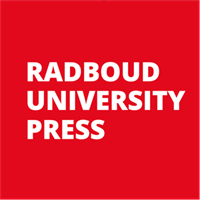Fragment : Download Fragment
Binding : Paperback
Distributievorm : Boek (print, druk)
Formaat :
170mm x 240mm
Aantal pagina's :
238
Uitgeverij :
Radboud University Press
ISBN :
9789493296114
Datum publicatie : 10-2023




